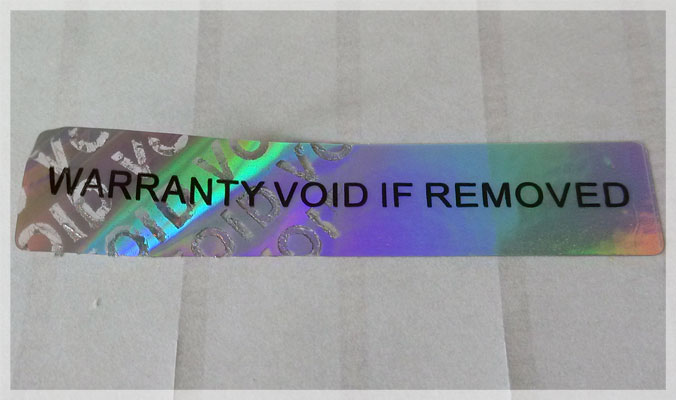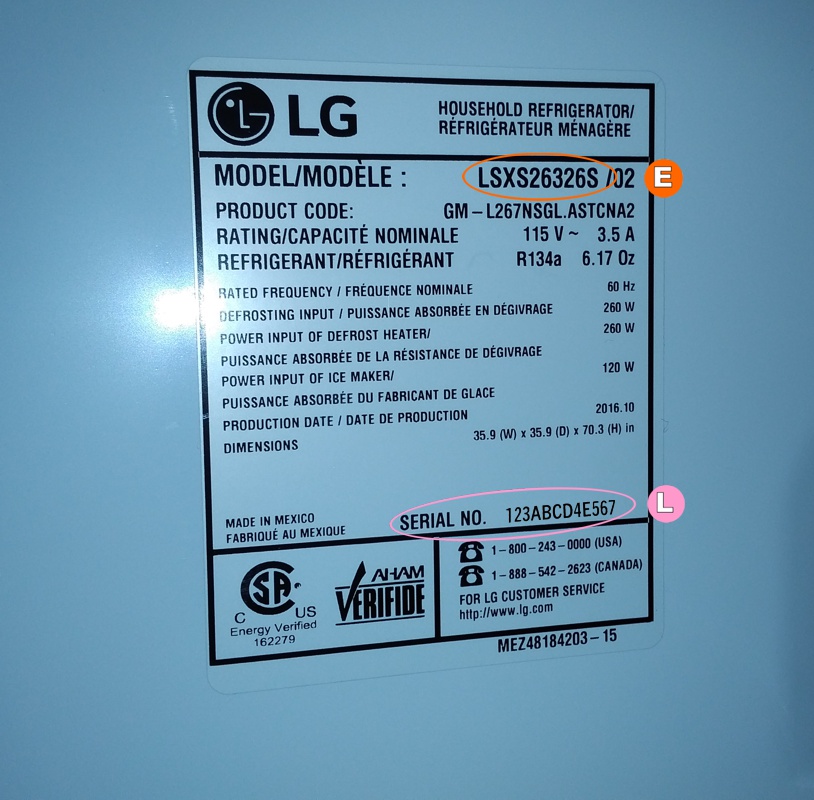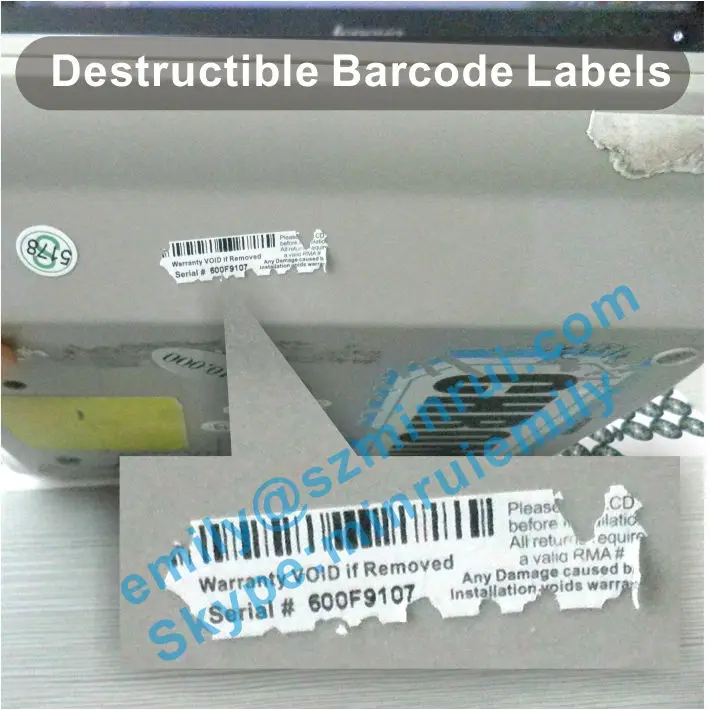

If you can’t get a grip on the sticker with your fingernails, try very gently prying it loose with a plastic putty knife or the edge of a credit card. Start by grabbing a corner of the sticker and pulling it up. A glance at the test configuration.Getting a sticker off of a laptop can be tricky, especially if it leaves behind a lot of sticky residue. The entry air temperature was properly controlled during the tests and stayed between 21 – 21.1 ☌. A pair of Noctua NF-A12S fans, regulated to approximately 550 rpm, is responsible for the airflow around the SSD cooler. This is in a “bench-table” environment, but with airflow. This motherboard (with the Core i9-9900K processor) is used for all testing. The used heatsink is from the Gigabyte Z390 Aorus Pro. The more efficient the heat transfer from the SSD. In this case, the higher the heat, the better. We then also read the maximum and average temperatures from it, too.
#Removing serial number stickers full#
still at full power) we took thermal images of the heatsink. In the end, we took the highest recorded temperature (from HWinfo) and just before the end (i.e.

For workloads, we used continuous sequential write of large files for 600 seconds. The largest heat surge from the test SSD came from the Sandisk control unit (which is WD’s own product). And they all always covered the same area and spots. We put our alternative materials between the SSD and the heatsink only as a filler, without gluing.

The surface is probably made of PET and all these stickers, of course, use glue, which might not play a big role, but has an effect on the result, too. This sticker is already thicker than the aluminum foil and consists of multiple components. We also used one of them (from SP A80) and adjusted it to a uniform size. Aluminum is probably used in their production, too. For example, Silicon Power uses a metal structure for stickers. For these metallic materials, it is important to take care of the SMD isolation so that you do not kill the SSD immediately. The thinner film used in the test is a standard packaging film that you can buy in every stationery store, and the thicker one is a printing 100-micron film, and we applied it on the SSD with the smooth side. In addition to how much better you can improve cooling of an SSD by removing the sticker, we were interested in comparing paper (and how its thickness affects heat transfer efficiency: tested with traditional 80, 190 and 300 gram white) with a thin and a thicker PET film. Tip: Analysis: a hexagonal grille is no match for a circular one, in any way Testing methodology

Although the WD’s sticker is thin, it is also firm thanks to its mesh structure, so there are not the slightest difficulties with its removal (and possible reapplication). First, of course, namely, what is the difference in cooling with and without a sticker. That’s why we chose the WD Black SN750 from the range of modern SSDs, on which we tested various scenarios. One thing is how easy it is to get rid of SSD stickers, another one is whether it makes any sense to even try.
#Removing serial number stickers archive#
In such cases, the most difficult task of the whole process after peeling off the sticker is to store it appropriately and not forget where this archive is located. They either do not cut the stickers in any way, do use a shiny/firmer surface or they incorporate PET/PVC and even some metal elements. However, Samsung is an extreme case and most manufacturers won’t complicate your life that much. We have no doubt that the toughest guys with the help of a hair dryer, thin razors and patient hands (and perhaps some other tools) will not damage such a sticker, but this operation is definitely not for everyone. One perpendicular notch to the corner and the second one, in the immediate proximity, perpendicular to this previous one. This is evidenced by the fact that the stickers on the 970 Pro/Evo (Plus) are particularly fragile and have notches in the corners. For example, Samsung obviously does not want you to manipulate the sticker as you’d like. One more benevolent, the other not so much. Here are some questions that everyone who wants to tune their computer to the last detail deals with: Does it make any sense to remove a sticker from a powerful M.2 SSD format? Is it worth the effort and, if something goes wrong, the breach of warranty? How much will the heating be reduced? As a part of detailed tests, we also replaced the original stickers for ones of commonly available materials (paper, plastic foil, aluminum…) just out of curiosity.Įach company approaches manipulating their stickers a little differently.


 0 kommentar(er)
0 kommentar(er)
